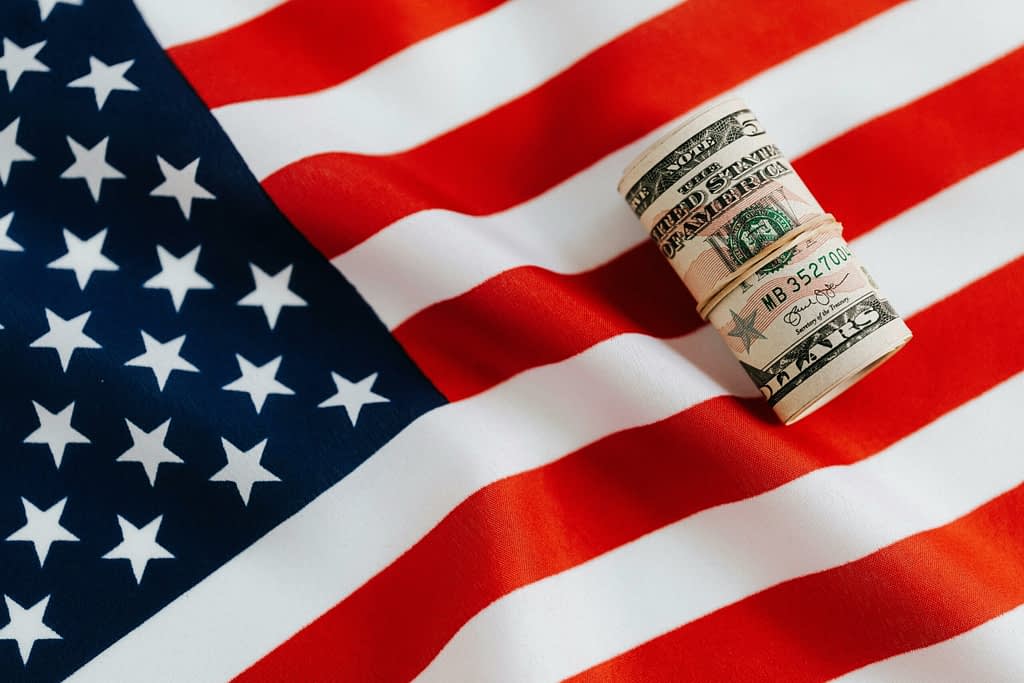President Donald Trump has left open the possibility of removing Federal Reserve Chair Jerome Powell following criticism of building reconstruction costs that rose from $1.9 to $2.5 billion. Political pressure on the Fed triggered immediate market volatility, with the US dollar and government bonds declining while the VIX volatility index surged.
Trump’s Threat and Financial Market Response to Fed Crisis
Bloomberg News reports about Powell’s potential removal caused immediate shocks across financial markets. The S&P 500 fell nearly 1%, the US dollar weakened, and short-term Treasury yields dropped amid expectations of faster interest rate cuts by the American central bank. The VIX volatility index jumped sharply, signaling heightened investor anxiety.
Following Trump’s later assurance that removal was “highly unlikely,” markets partially recovered. Online betting platforms showed a 20-25% probability of Powell’s removal within the year. Gold rose 0.8% to $3,350 per ounce as investors sought protection in defensive assets.
Central Bank Reconstruction Costs Rise by $600 Million
Criticism of the Fed headquarters reconstruction focused on allegedly luxurious features dubbed the “Taj Mahal.” Costs increased from the original $1.9 billion to $2.5 billion, which Trump labeled excessive spending including VIP elevators and terraces.
Powell explained in his letter to the Office of Management and Budget that increased costs were primarily due to:
- Material prices and security requirements
- Environmental measures including asbestos and lead removal
- Electrical and plumbing system modernization
- Historically accurate renovations of 1930s buildings
The project was approved in 2017 and, according to Powell, contains no luxury features. The Fed requested an internal audit of all reconstruction-related expenses.
Internal Fed Disagreements Over Interest Rate Policy
Within the American central bank, disagreements have emerged regarding future monetary policy. Christopher Waller, a Board of Governors member and potential Powell successor, supports interest rate cuts at the next meeting. Jerome Powell remains more cautious, wanting more time to assess inflation and trade policy impacts.
Other key leadership members include Governors Lisa Cook and Adriana Kugler, along with San Francisco Fed President Mary Daly. All Federal Reserve officials must speak carefully to avoid heightening political tensions around the institution.
Fed Monetary Policy and Rate Reduction Demands
Donald Trump has long demanded dramatic interest rate cuts of 300 basis points from the current 4.25-4.50% range to around 1%. Such Federal Reserve rate levels are typically associated with serious economic stress or deflationary pressures.
Current economic conditions do not justify such dramatic interest rate reductions:
- GDP growth remains around 2.5% annually
- Unemployment stays historically low
- Stock markets reach record highs
- Core inflation still exceeds the Fed’s target by nearly one percentage point
According to “R-Star” theoretical models used by the Fed, long-term neutral interest rates should range between 2.8-3.35% with inflation at the 2% target. This suggests current monetary policy is indeed mildly restrictive, but certainly not as dramatically as Trump claims.
Risks to the US Dollar and Investment Implications
Experts warn about potential long-term consequences of politicizing the American central bank. Loss of Fed independence could increase risk premiums on US bonds and weaken the dollar’s position as the world’s reserve currency.
Institutional investors are already reassessing their exposure to American assets and considering portfolio diversification into other currencies and markets. Central banks in some countries are discussing reducing the US dollar’s share in their reserves. At the G20 finance ministers meeting in South Africa, US Treasury Secretary Scott Bessent failed to attend for the second time this year, signaling cooling relations between the US and international partners.




